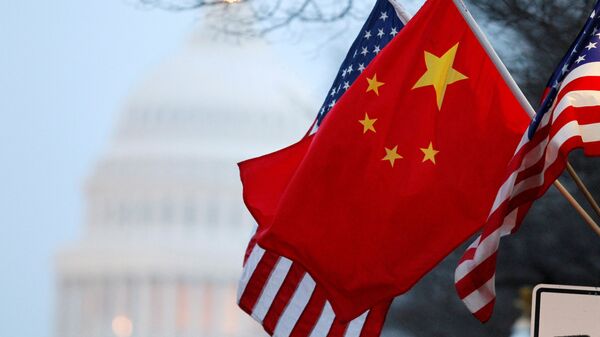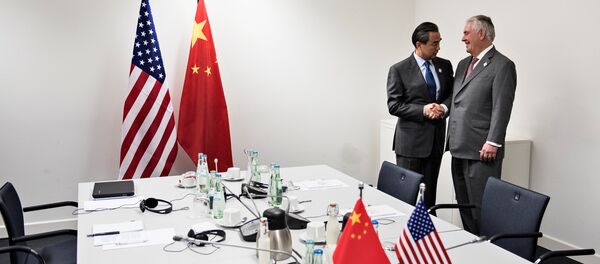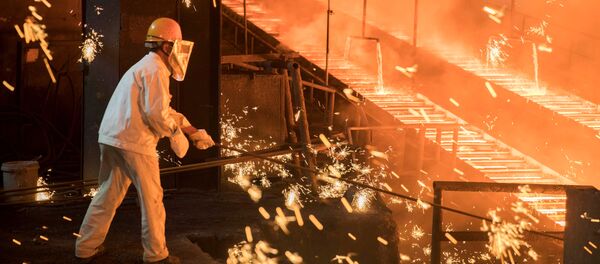The move risks reigniting a simmering feud with China and ratcheting up tensions. It could eventually lead to the US unilaterally placing large tariffs on Chinese imports, especially on cheap steel and aluminum; it could also lead to sanctions or other severe trade restrictions or penalties to protect US industries. Official media outlets in China have criticized the move, saying it could "poison" China-US relations and hurt both countries.
Trump has been trying to find a balance between working with China to address the North Korean security threat and his "America-first" trade agenda. In fact, China and the US share the same interests over denuclearization and peace in the Korean Peninsula. The current situation shows that the trade investigation could be a measure used by the US to punish China for insufficient support in containing a rising security threat and provocative and escalatory behavior from North Korea.
Trump's stated priority is bringing jobs back to the US, and he often tweets about his success in getting companies to create jobs in the US. Trump seems hell-bent on complaining about China's trade policies — during the presidential campaign he pledged to impose tariffs of up to 40 percent on Chinese imports into the US. Some argue that the US has been duped into enabling China's ascendency, ignoring the fact that China's cheap exports have contributed to low inflation and high welfare in the US.
According to China's customs office, bilateral trade between China and the US was worth $520 billion last year. But the US also had a massive trade deficit with China of $251 billion, which prompted it to accuse Chinese firms of copying or stealing US products and ideas and then selling them in the Chinese market or back to the US at lower prices. Some US firms arrogantly argue that China employs a variety of rules, in spite of China's adherence to global practices, that wall its market off from foreign competition, and require disclosure of intellectual property by overseas firms so that they can enter the domestic market.
This aggressively anti-China stance, or outdated "Cold-War" mentality, in the US could impinge severely on the Sino-US rapprochement China has been trying hard to build. Until recently, it had been hard to see where the next financial crisis could come from. But imposing trade sanctions could trigger the pricking of China's credit bubble, engendering social and political unrest, exacerbating China's economic woes and thwarting its economic advance. In the 25 years leading up to the global financial crisis, China developed a hugely successful trade-oriented growth model, relying on massive domestic labor with low wages and external consumers in Western countries such as the US. But amid the financial crisis, demand for cheap Chinese exports suddenly dried up, which caused factories to be mothballed. Since 2008, to avoid a sharp rise in unemployment, China pumped the economy full of credit to finance less-profitable investment; as a result, China's credit-driven expansion has accounted for more than half of global growth. The banks' assets on balance sheets have increased fourfold since 2008, reaching a value of $35 trillion, while China's private debt-to-GDP ratio has increased from 120 percent to 210 percent over the same period.
Amid the current anti-China strategy, other economic attacks will follow; after all, the US has an array of economic weapons at its disposal. The next attack is likely to be pinning the label on China of "currency manipulator," based on the argument that China has deliberately kept its currency, the yuan, artificially cheap in order to gain an unfair trade advantage and hamstring US manufacturers. Such a move would pave the way for further sanctions.
The best strategy for China would be to find an alternative to the US as an export market. Otherwise, to avoid a trade war, China will probably need to remove the so-called barriers that hamper exports to China by US hi-tech companies. China might also have to tolerate some protectionism in sectors — such as steel — in some US rust-belt states that supported Trump's election as president.
This article was written by Huang Yongfu and was originally published in the Global Times.






